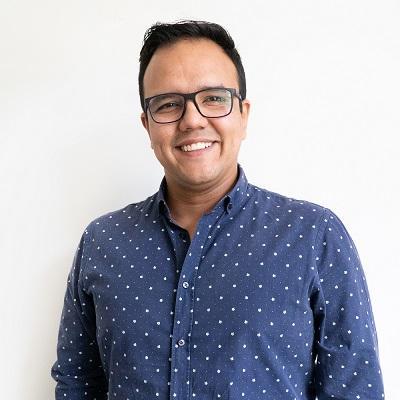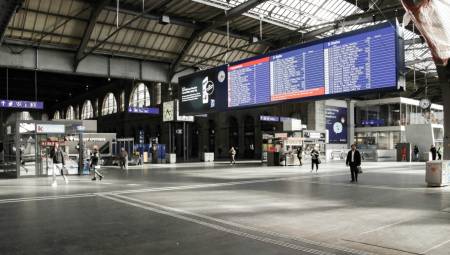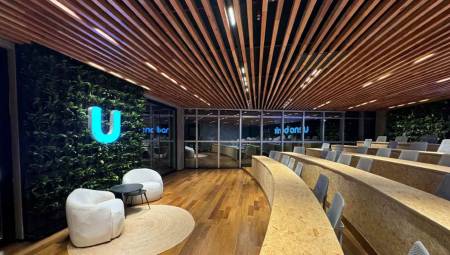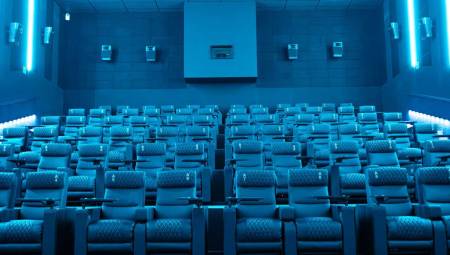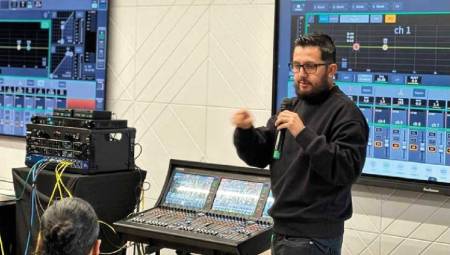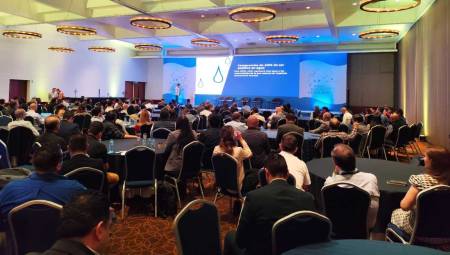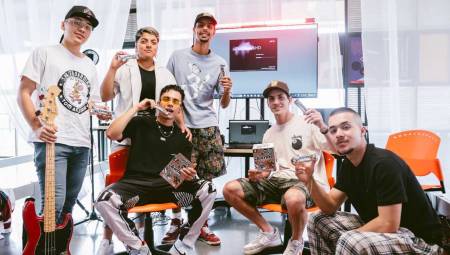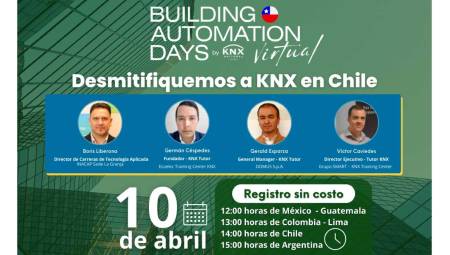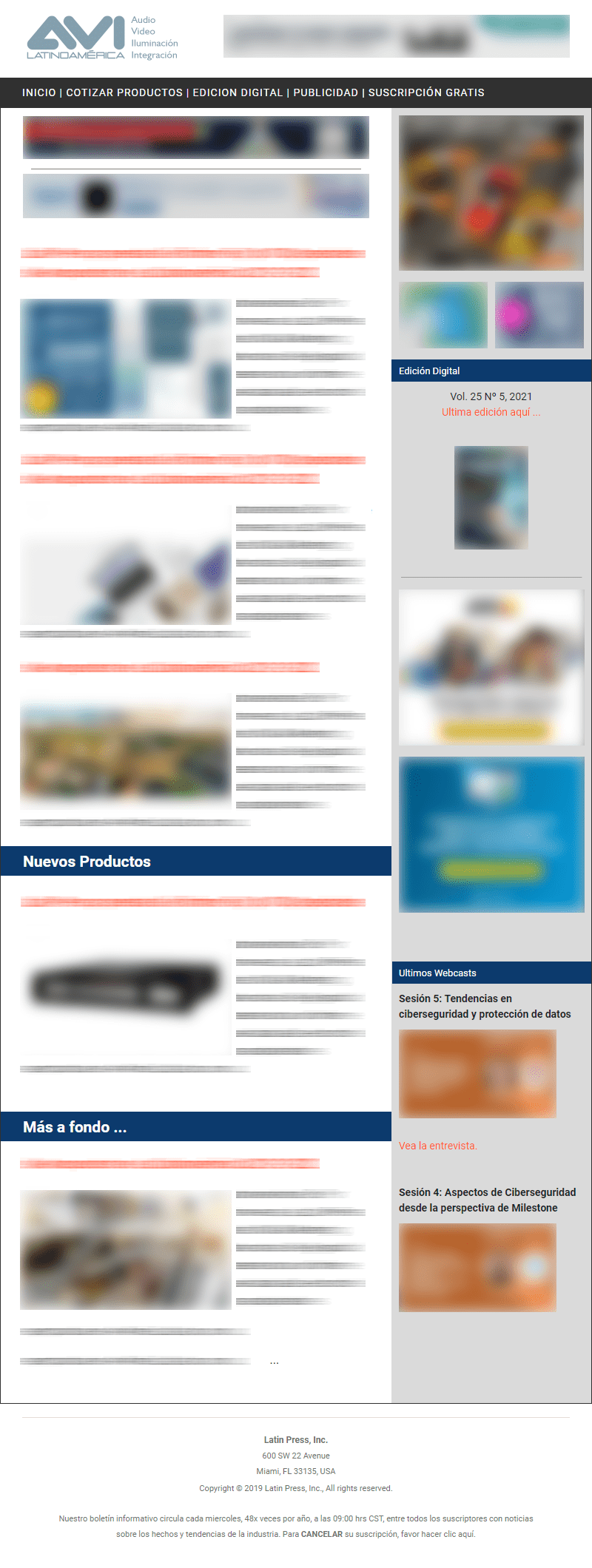The microphone that we have used for years as a reinforcement, was seen fulfilling a new role. But after having 20 years of experience in this market, I think we didn't get here by mistake.
By Alexander Martinez*
Everything we knew has changed. The way we work, study, how we go shopping, and even how we pray. Not so long ago, the idea of being able to celebrate Mass remotely was only relegated to a few special services or television broadcasts for certain religious events.
We move fast through a certain pandemic, which I don't want to address by name, and we come to a point in time, where we adapt technology to our new lifestyle and mold it to support the new normal and allow us to continue to receive a message of faith via online.
Priests became YouTube influencers and rabbis on Facebook Live Streamers. Churches and houses of worship of all sizes already knew Shure as a reliable ally to ensure audio. Now, the microphone that we have used for years as reinforcement, was seen fulfilling a new role. But after having 20 years of experience in this market, I think we didn't get here by mistake.
In any religion, the most important thing is that the voice of the priest can clearly and intelligibly reach his parishioners. We, as operators and audio engineers, select our microphones for specific applications. Starting with the pulpit, we saw that it was necessary to choose a microphone with a range that can capture the sharpness of the voice, and at the same time, reject external noises.
We've found that a dynamic microphone with a polar cardiode pattern gives us the best performance when there isn't necessarily an operator or a way to process and mix the audio. The venerable SM58 was always my first choice. A small capsule condenser microphone, gooseneck style, could also be another good alternative, but due to its sensitivity, some type of processor or operator is already recommended to be able to control the signals. For many years, this was all the necessary reinforcement. Until one day the priests wanted to start giving their sermons in a way closer to their followers.
 It all started, simply using the same microphone of the pulpit as a handheld microphone, accompanying every movement of the pastor. Quickly, this could not be a permanent solution without including a technological breakthrough. The need for a wireless system arrived. These systems have their principles using VHF, then UHF, until now, when we leave behind the analog and enter the world of digital audio.
It all started, simply using the same microphone of the pulpit as a handheld microphone, accompanying every movement of the pastor. Quickly, this could not be a permanent solution without including a technological breakthrough. The need for a wireless system arrived. These systems have their principles using VHF, then UHF, until now, when we leave behind the analog and enter the world of digital audio.
The advances in RF, audio and digital transmission that stood out in the most demanding concerts and shows, and in the recording studios, have been disseminated to all those who use technology to be able to have the same mobility and audio quality. Usually in the church, a handheld microphone is used with the capsule chosen for the voice and the desired application. Many priests also switched to a lapel microphone, as it can be discreetly hidden and hands-free.
Personally, I recommend the SM11, as well as the WL185 for sound reinforcement. Currently, I am using the DH5 DuraPlex. A headband microphone that allows you to better control the ambient noises of the environment and the choir that could interfere with the speaker.
And what can I say about choir? This is the section that has had the most movement and changes. But at the same time it is the section with the most creative, musical range and the one that achieves a connection closer to the word of the priest. It is also the one that has the most variations depending on the place. To simplify, let's think of a choir with 15 to 20 singers, distributed in two rows. Sopranos and Altos in the first row, Tenor and Bass in the second.
My recommendation for microphones would be an MX202 with cardiode capsule, located taking into account the 3:1 rule. For each meter of direct distance to the choir, we separate the microphones 3m from each one. It worked well for a while. We achieved good coverage and could adjust the mix depending on the number of people in the choir. When the church adapted to online broadcasts, we opted to simplify the microphones and switch to a pair of KSM32s in A-B stereo configuration. This made it possible to create a more natural and enjoyable streaming mix for all the people connected on their devices.
Mixing for streaming was what complicated the routing a bit. When we were able to open the doors of the church again, we saw that there was a need for a new and modern way of conveying the message of the faith. The mixture that was normally made only as reinforcement was no longer the most pertinent. Now, the important thing was transmission. The message I want to communicate is as follows:
Mixing continued to become normal for FOH, but we had to send a separate post fader mix to the video encoder at a higher level. Digital platforms don't like normal levels of -20dBFS. After certain tests, we perceive that the platforms try to normalize everything to 0dB, adding noise. With this new knowledge at hand, we were able to minimize the compression and gain that platforms added to our streams. But the knowledge and handling of the theory never changed. We are always testing new methods to improve quality every week, Sunday to Sunday.
For now, we're happy with the quality of the content, but we'll see where all this takes us.
*Alexander Martinez, CTS, is an Audio and Market Development Specialist at Shure Latin America. You can contact him through [email protected]




